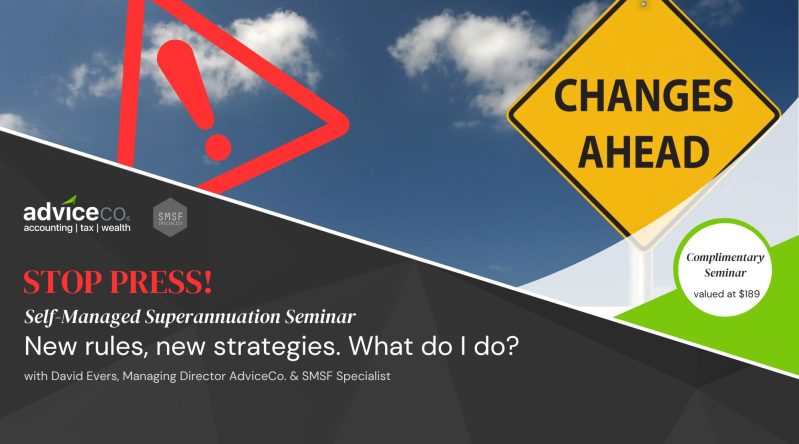Death and the main residence exemption Posted on October 9, 2018

Inheriting a main residence
Where a taxpayer inherits a dwelling directly, or from a deceased person’s estate, the main residence exemption can apply to the taxpayer. This may be the case where the taxpayer is a beneficiary of a deceased estate, or the trustee of such an estate.
Where property is owned as joint tenants (as opposed to tenants in common), the death of one tenant means that the other joint tenants receive the deceased’s interest in the property in equal shares on the date of death. The property passes directly, i.e. it does not form part of the deceased’s estate.
However, for the purposes of the main residence exemption rules, the joint tenant is treated as if the interest in the property passed to the joint tenant as beneficiary of the deceased estate.
The full main residence exemption can apply where one of the circumstances in the table below applied to both the deceased and the beneficiary.
|
Beneficiary or trustee of deceased estate acquiring interest |
||
|
One of the below applied to the deceased
|
One of the below applied to the beneficiary or trustee (taxpayer) |
|
|
The deceased acquired the ownership interest post-CGT and the dwelling: · was the deceased’s main residence just before their death; and · was not then being used to produce assessable income
|
The taxpayer’s ownership interest in the dwelling ended within 2 years of the deceased’s death (or such longer period allowed by the Commissioner) regardless of whether the tax payer used the dwelling as their main residence. This is unless the deceased acquired the dwelling on or rather 20 September 1985 and the dwelling passed to the beneficiary or trustee on or before 20 August 1996. Note: Ownership ends when settlement occurs.
|
|
|
The deceased acquired the ownership interest pre-CGT (regardless of whether the dwelling was the deceased’s main residence) |
The dwelling was – from the time of the deceased’s death until the taxpayer’s ownership interest ends – the main residence of one or more of:
|
|
|
a) |
the spouse of the deceased immediately before the death (except a spouse who was living permanently separately and apart from the deceased); or
|
|
|
b) |
an individual who had a right to occupy the dwelling under the deceased’s will; or Note: This is provided the individual with the right to occupy the dwelling moves into the dwelling as soon as practicable. The ATO guide states that this requirement will be satisfied where a delay in moving is because the dwelling cannot be occupied until probate and administration of the estate is granted.
|
|
|
c) |
the taxpayer beneficiary
|
|
|
Note: Where the deceased acquired the dwelling on or after 20 September 1985 and the dwelling passed to the beneficiary or trustee on or before 20 August 1996, the deceased must have used the dwelling as their main residence from the date they acquired it until their death, and they must not have used it to produce income.
|
||
Where a deceased person died before 20 September 1985, any dwelling inherited by a beneficiary is taken to have been acquired prior to that date. This means any subsequent disposal of the dwelling is exempt from CGT under the pre-CGT rules. Whether the dwelling was or is occupied by the deceased or the taxpayer as their main residence is irrelevant.
Using an inherited dwelling to produce income
Where the deceased acquired a main residence on or after 20 September 1985, and after their death, they passed it to a beneficiary or trustee after 20 August 1996, the beneficiary is taken to have acquired the dwelling for its market value at the time it was first used to produce income if:
-
the beneficiary or trustee first used the dwelling to produce income after 20 August 1996;
-
when a CGT event happened to the dwelling, only a partial exemption would be available because the beneficiary or trustee used the dwelling to produce assessable income;
-
the beneficiary or trustee would have been entitled to a full exemption if the CGT event happened to the dwelling immediately before it was first used it to produce income; and
-
the CGT event did not happen to the dwelling within two years of the deceased’s date of death.
Inheriting a dwelling from someone who also inherited the dwelling
If a taxpayer inherited a dwelling from a deceased person, and the deceased person also had previously inherited the dwelling, the formula for calculating the partial main residence exemption is adjusted. The exemption is calculated having regard to the number of days the dwelling was the main residence of the taxpayer and the previous beneficiaries. As a result, and gains or losses of individuals earlier in the inheritance chain are included in the taxpayer’s gain or loss.





